A World of Misery and Outrage ... A World Crying Out for Revolution
December 23, 2012 | Revolution Newspaper | revcom.us
To pause slideshow, hold cursor over image. Photos: AP
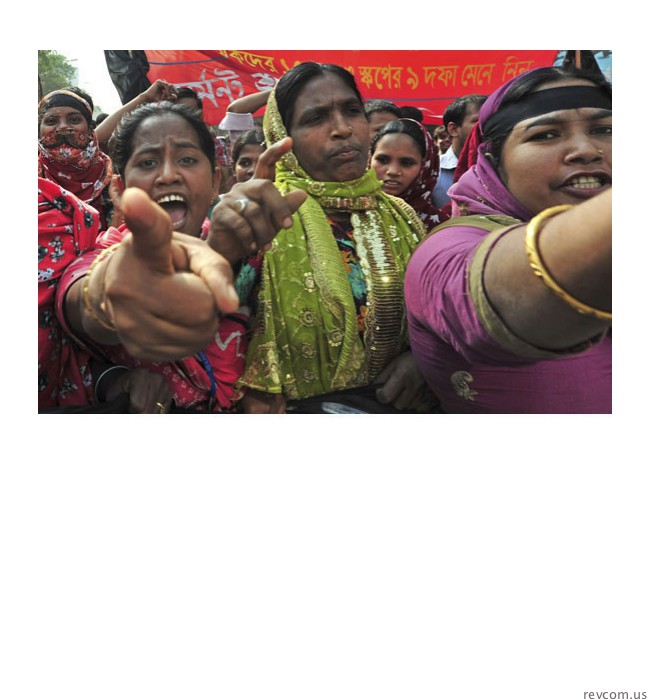 On November 24, 2012, 121 garment workers—most of them women—were killed when fire swept through the Tazreen Fashions sweatshop on the outskirts of Dhaka, Bangladesh. Survivors said exit doors were locked, and the eight-story building had no emergency exits. A reporter sifting through the ashes of the fire found Mickey Mouse hoodies manufactured for Disney; children’s shorts with Walmart’s Faded Glory label; and clothes with hip-hop star Sean Combs’ ENYCE tag. These capitalist clothing brands are in dog-eat-dog, global competition with each other to produce at the lowest possible cost, to gain market share and reap the highest possible profit. For them, Bangladesh is a perfect fit. Two million workers, mainly women, work in the dangerous garment sweatshops of Bangladesh—many earn less than a dollar a day. Surrounding the factories are vast slums—home to over half of Dhaka’s 18 million people who live five-to-a-room in flimsy bamboo shacks, many without safe drinking water or toilets. In the days that followed the fire, thousands of workers and others shut down factories and highways and clashed with police, who fired tear gas and rubber bullets.
On November 24, 2012, 121 garment workers—most of them women—were killed when fire swept through the Tazreen Fashions sweatshop on the outskirts of Dhaka, Bangladesh. Survivors said exit doors were locked, and the eight-story building had no emergency exits. A reporter sifting through the ashes of the fire found Mickey Mouse hoodies manufactured for Disney; children’s shorts with Walmart’s Faded Glory label; and clothes with hip-hop star Sean Combs’ ENYCE tag. These capitalist clothing brands are in dog-eat-dog, global competition with each other to produce at the lowest possible cost, to gain market share and reap the highest possible profit. For them, Bangladesh is a perfect fit. Two million workers, mainly women, work in the dangerous garment sweatshops of Bangladesh—many earn less than a dollar a day. Surrounding the factories are vast slums—home to over half of Dhaka’s 18 million people who live five-to-a-room in flimsy bamboo shacks, many without safe drinking water or toilets. In the days that followed the fire, thousands of workers and others shut down factories and highways and clashed with police, who fired tear gas and rubber bullets.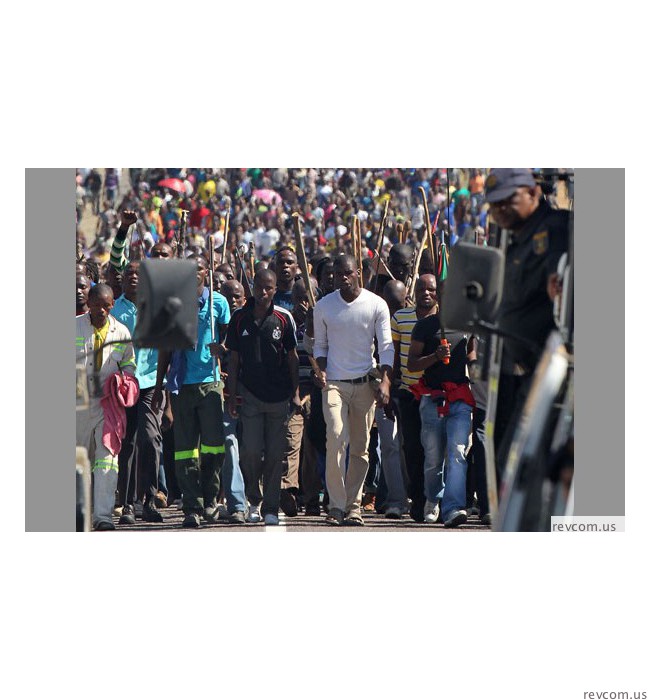 On August 16, 2012, South African authorities murdered 34 striking miners at the Lonmin platinum mine near Rustenburg. Miners are viciously exploited in deep, dangerous mines, live in prison-like “dormitories,” and face ongoing police repression and brutality in “post-apartheid,” imperialist-dominated, capitalist South Africa.
On August 16, 2012, South African authorities murdered 34 striking miners at the Lonmin platinum mine near Rustenburg. Miners are viciously exploited in deep, dangerous mines, live in prison-like “dormitories,” and face ongoing police repression and brutality in “post-apartheid,” imperialist-dominated, capitalist South Africa. In 2012, Barack Obama continued—and expanded—the Bush regime’s wanton violation of the imperialists’ own international and domestic law by escalating drone attacks in which the U.S. acts as judge, jury, and executioner. Over 2,500 people have been murdered in these drone attacks over the past decade.
In 2012, Barack Obama continued—and expanded—the Bush regime’s wanton violation of the imperialists’ own international and domestic law by escalating drone attacks in which the U.S. acts as judge, jury, and executioner. Over 2,500 people have been murdered in these drone attacks over the past decade.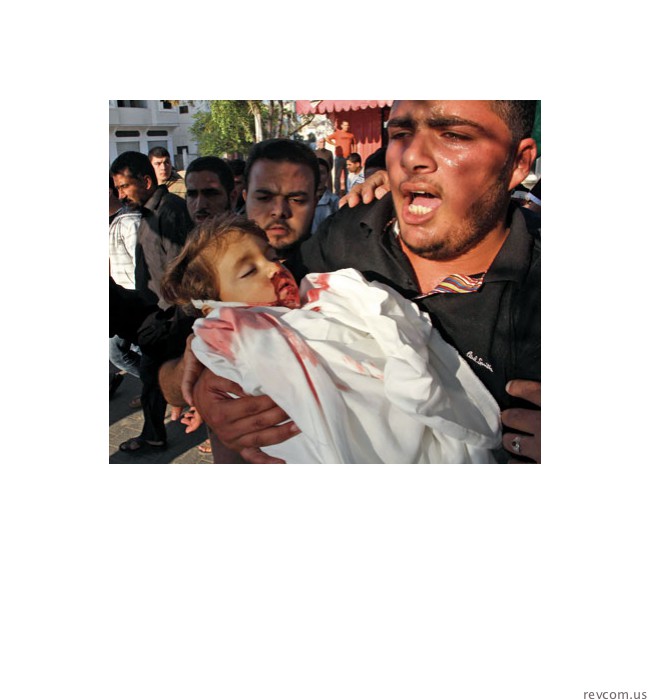 In 2012, Central Asia, the Middle East and North Africa intensified as focal points in the clash between U.S. imperialism and its accomplices and allies on the one hand, and Islamic jihadist movements that provide no positive alternative to capitalism-imperialism on the other. In late 2012, Israel unleashed two weeks of murderous bombardment of the 1.7 million Palestinian people in Gaza. In Syria, where the U.S. is moving to orchestrate regime change that strengthens its grip on the region against rivals, some 50,000 people had been killed in fighting by the end of 2012, with over a million driven from their homes. The U.S. and Israel remain ominously close to an attack on Iran. In all this: the needs and desires of the great majority for real liberation throughout the region remain unsatisfied, and can only be met with real revolution that uproots exploitation and oppression, including the oppression of the Palestinian people by Israel.
In 2012, Central Asia, the Middle East and North Africa intensified as focal points in the clash between U.S. imperialism and its accomplices and allies on the one hand, and Islamic jihadist movements that provide no positive alternative to capitalism-imperialism on the other. In late 2012, Israel unleashed two weeks of murderous bombardment of the 1.7 million Palestinian people in Gaza. In Syria, where the U.S. is moving to orchestrate regime change that strengthens its grip on the region against rivals, some 50,000 people had been killed in fighting by the end of 2012, with over a million driven from their homes. The U.S. and Israel remain ominously close to an attack on Iran. In all this: the needs and desires of the great majority for real liberation throughout the region remain unsatisfied, and can only be met with real revolution that uproots exploitation and oppression, including the oppression of the Palestinian people by Israel.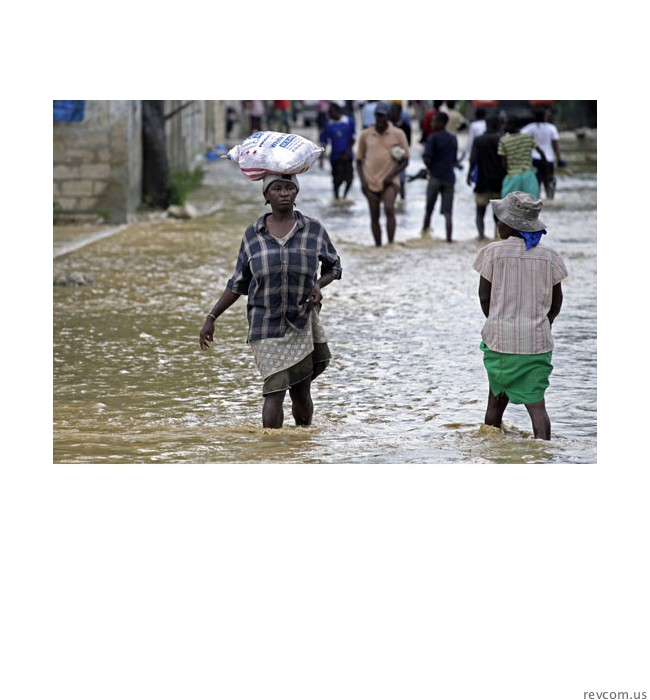 In 2012, superstorm Sandy destroyed parts of the Atlantic coast and Haiti and typhoon Bopha killed hundreds in the Philippines. Both of these massive and unusual storms were fueled by warming oceans—further signs that global climate change is one dimension of an environmental emergency. That crisis includes wide-scale extinction of species; acidification of the oceans; destruction or degradation of whole ecosystems; poisoning of air, waters, and soils; and melting of the polar ice caps. The U.S. is the largest contributor to the build-up of global warming-causing greenhouse
gases. The U.S. military is the largest institutional consumer of oil on the planet. While the U.S. and other capitalist powers have been the main cause of global warming, the five countries that have suffered most from climate-related disasters over the past 20 years are Honduras, Myanmar (Burma), Nicaragua, Bangladesh and Haiti—all poor, oppressed countries that have not caused the crisis.
In 2012, superstorm Sandy destroyed parts of the Atlantic coast and Haiti and typhoon Bopha killed hundreds in the Philippines. Both of these massive and unusual storms were fueled by warming oceans—further signs that global climate change is one dimension of an environmental emergency. That crisis includes wide-scale extinction of species; acidification of the oceans; destruction or degradation of whole ecosystems; poisoning of air, waters, and soils; and melting of the polar ice caps. The U.S. is the largest contributor to the build-up of global warming-causing greenhouse
gases. The U.S. military is the largest institutional consumer of oil on the planet. While the U.S. and other capitalist powers have been the main cause of global warming, the five countries that have suffered most from climate-related disasters over the past 20 years are Honduras, Myanmar (Burma), Nicaragua, Bangladesh and Haiti—all poor, oppressed countries that have not caused the crisis.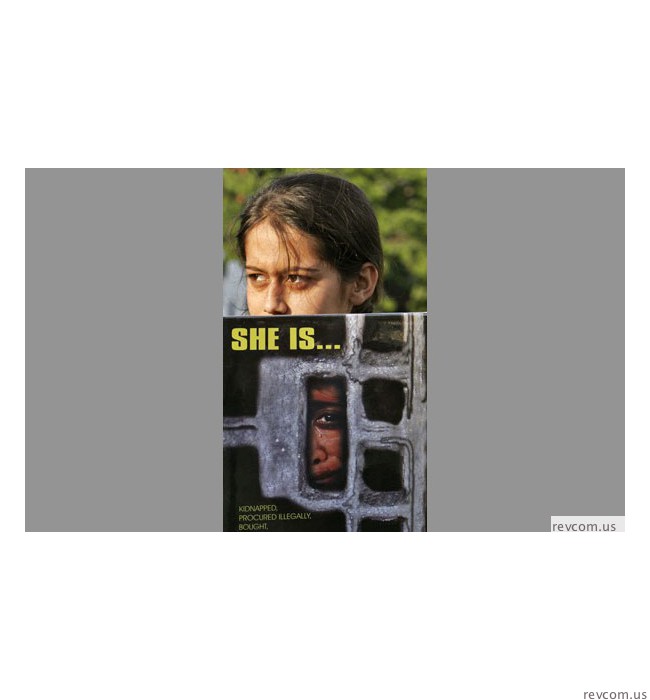 Over the past year, more than a million young women were chained in sex slavery generating billions of dollars of profit in the U.S. and other advanced capitalist countries. Pornography, a culture of strip clubs and prostitution in the “enlightened democratic” West. The burqa and Sharia law enslaving women in the “Muslim world.” The oppression of women, and the struggle for their liberation, is a profoundly defining element everywhere in today’s world.
Over the past year, more than a million young women were chained in sex slavery generating billions of dollars of profit in the U.S. and other advanced capitalist countries. Pornography, a culture of strip clubs and prostitution in the “enlightened democratic” West. The burqa and Sharia law enslaving women in the “Muslim world.” The oppression of women, and the struggle for their liberation, is a profoundly defining element everywhere in today’s world.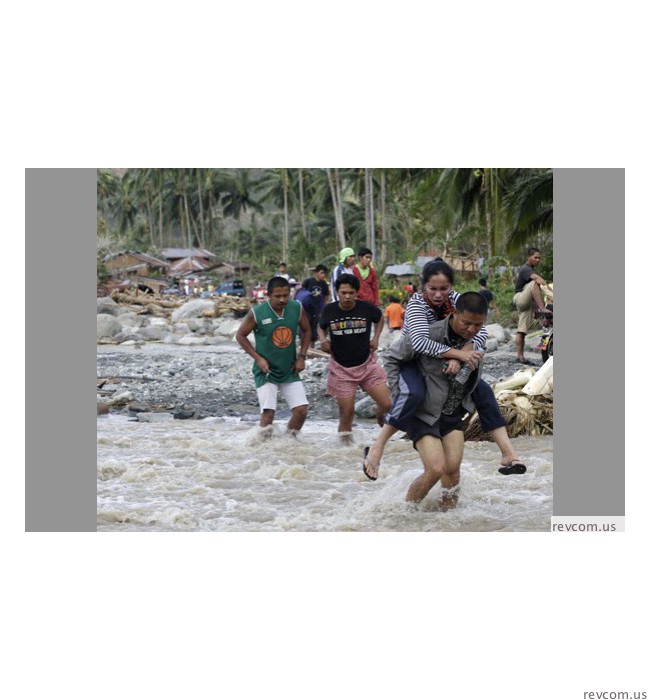 In 2012, superstorm Sandy destroyed parts of the Atlantic coast and Haiti and typhoon Bopha killed hundreds in the Philippines. Both of these massive and unusual storms were fueled by warming oceans—further signs that global climate change is one dimension of an environmental emergency. That crisis includes wide-scale extinction of species; acidification of the oceans; destruction or degradation of whole ecosystems; poisoning of air, waters, and soils; and melting of the polar ice caps. The U.S. is the largest contributor to the build-up of global warming-causing greenhouse
gases. The U.S. military is the largest institutional consumer of oil on the planet. While the U.S. and other capitalist powers have been the main cause of global warming, the five countries that have suffered most from climate-related disasters over the past 20 years are Honduras, Myanmar (Burma), Nicaragua, Bangladesh and Haiti—all poor, oppressed countries that have not caused the crisis.
In 2012, superstorm Sandy destroyed parts of the Atlantic coast and Haiti and typhoon Bopha killed hundreds in the Philippines. Both of these massive and unusual storms were fueled by warming oceans—further signs that global climate change is one dimension of an environmental emergency. That crisis includes wide-scale extinction of species; acidification of the oceans; destruction or degradation of whole ecosystems; poisoning of air, waters, and soils; and melting of the polar ice caps. The U.S. is the largest contributor to the build-up of global warming-causing greenhouse
gases. The U.S. military is the largest institutional consumer of oil on the planet. While the U.S. and other capitalist powers have been the main cause of global warming, the five countries that have suffered most from climate-related disasters over the past 20 years are Honduras, Myanmar (Burma), Nicaragua, Bangladesh and Haiti—all poor, oppressed countries that have not caused the crisis.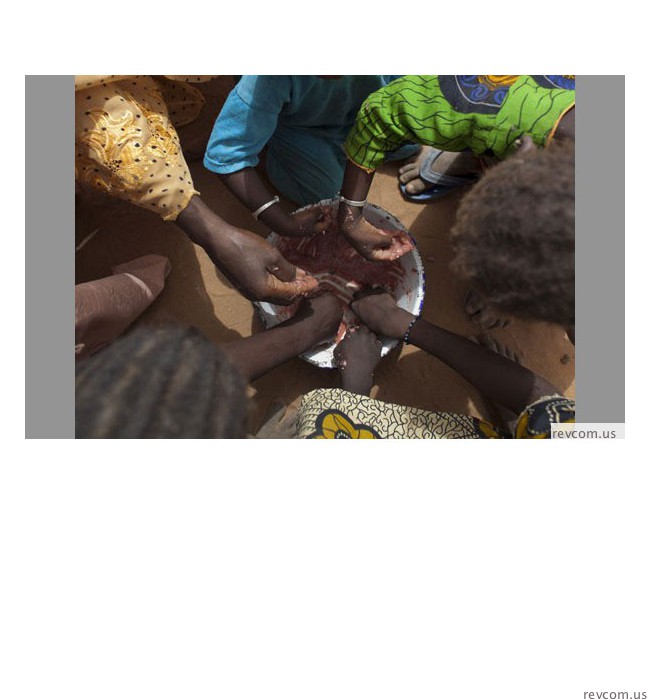 A wrenching economic crisis intensified in 2012. Europe, Japan, and the U.S. experienced recession, massive unemployment, and draconian cuts in essential services, especially to the poor. The crisis hit hardest in economies that are under the domination of imperialism. Some 870 million people go hungry each day in a world that has the production capacity to feed everyone on the planet. Africa has seen no real improvement in ending hunger since the early 1960s, and the price of fertilizer in Africa is often two to four times the world price.
A wrenching economic crisis intensified in 2012. Europe, Japan, and the U.S. experienced recession, massive unemployment, and draconian cuts in essential services, especially to the poor. The crisis hit hardest in economies that are under the domination of imperialism. Some 870 million people go hungry each day in a world that has the production capacity to feed everyone on the planet. Africa has seen no real improvement in ending hunger since the early 1960s, and the price of fertilizer in Africa is often two to four times the world price. The document, "The New Synthesis of Communism and the Residues of the Past," by the Revolutionary Communist Organization (OCR), Mexico, was written to contribute to the two-line struggle in the international communist movement. It said: "In these days, when everywhere you hear the erudite preaching of the intellectual hitmen of the ruling class saying that communism 'failed,' that it was 'horrifying' and that we have no other future other than the one offered by this horrible capitalist-imperialist system, the new synthesis represents renewed hope for the emancipation of the masses all over the world."
The document, "The New Synthesis of Communism and the Residues of the Past," by the Revolutionary Communist Organization (OCR), Mexico, was written to contribute to the two-line struggle in the international communist movement. It said: "In these days, when everywhere you hear the erudite preaching of the intellectual hitmen of the ruling class saying that communism 'failed,' that it was 'horrifying' and that we have no other future other than the one offered by this horrible capitalist-imperialist system, the new synthesis represents renewed hope for the emancipation of the masses all over the world."
The "Letter to Participating Parties and Organizations of the Revolutionary Internationalist Movement" is available at revcom.us. A concise summary of Bob Avakian's new synthesis of communism can be found in Communism: the Beginning of a New Stage, A Manifesto from the Revolutionary Communist Party, USA, also available at revcom.us.
Click for resources for this slideshow.
If you like this article, subscribe, donate to and sustain Revolution newspaper.
 1
1 2
2 3
3 4
4 5
5 6
6 7
7 8
8 9
9